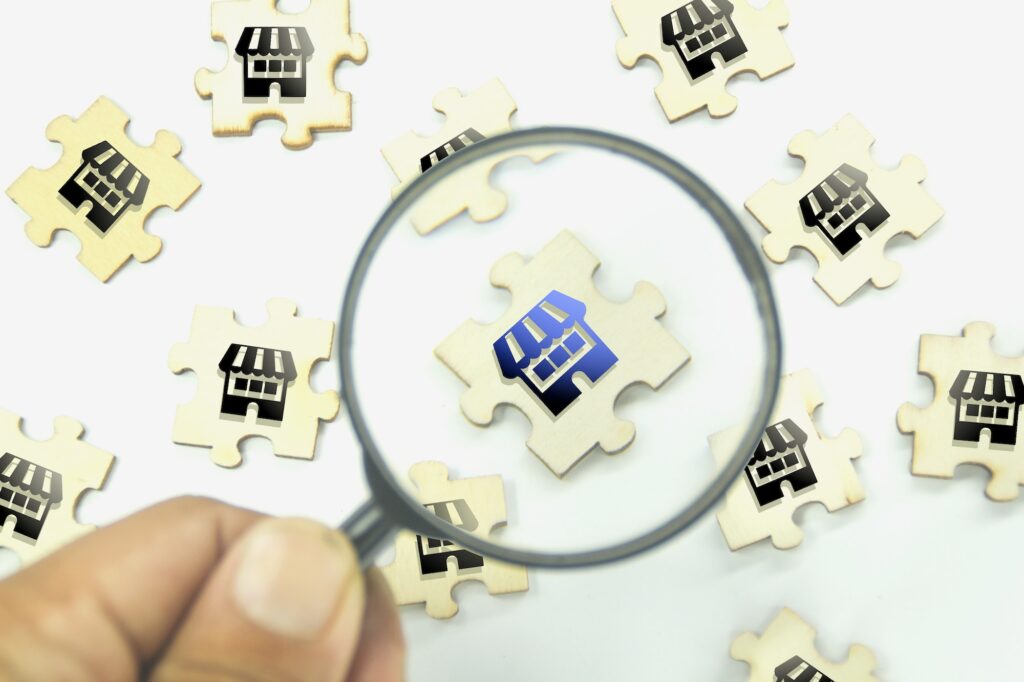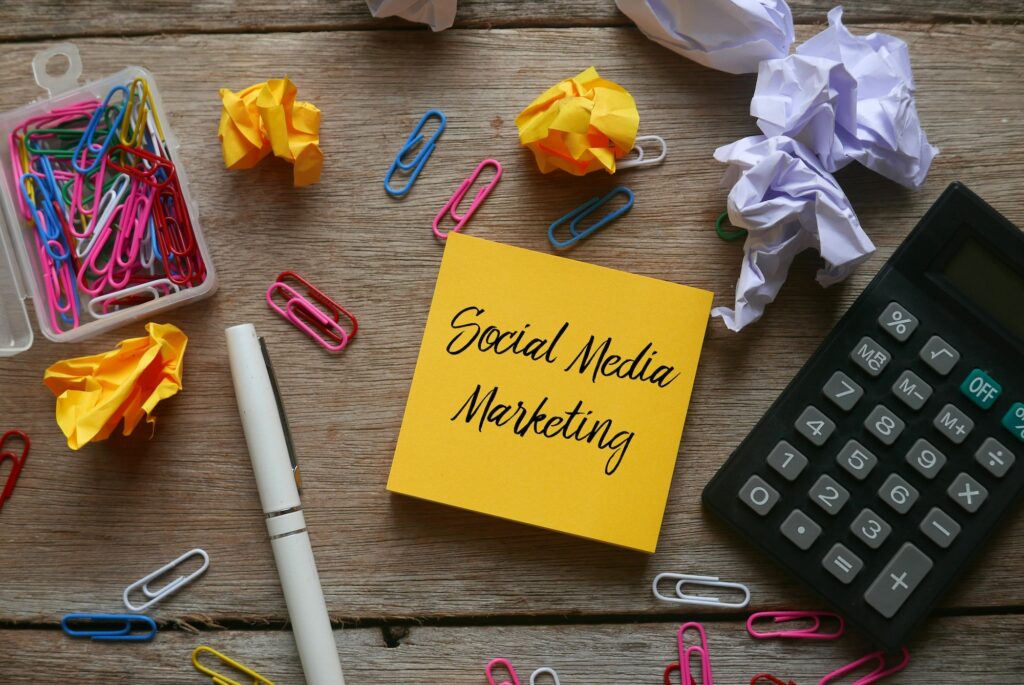Introduction
Your store is ready for business, and sometimes that first all-important sale can sometimes feel elusive. That first sale is incredibly symbolic, especially as it offers some form of reassurance that you are on the right track. And let’s be honest, it never seems to come soon enough.
As you wait for that first sale, you may find doubts creeping in. You probably have relooked at your store and wondered if you should make changes – perhaps your design, brand identity, or pricing needs tweaking.
Although it is tempting to start making changes in hopes that a sale will come in, it is worth remembering that building a relationship with potential clients and marketing your products or services is not a one-day game. It takes time!
Improvements can always be made, but these minor details won’t necessarily translate into sales. You will need to shift your focus to getting people to your store. Driving traffic to your site needs to become your priority – your aim right now is to promote your business and gain as much exposure as possible.
And as with any new business venture, you need to practice patience and remember that you will always learn along the way.
Pre-sale checklist
Before we jump into how to get that first sale, let’s run through a few things you should have in place to ensure a happy experience for your first buyer.
- Order samples of your products from a quality control perspective
- Test your checkout process – it is always best to ask a friend or family member to do this, as you do need an independent perspective
- Ensure your product pages are SEO optimised with unique photographs and descriptions.
Our post on common mistakes that new dropshipping stores make and how to effectively run your dropshipping store are full of great tips for starting your store on the best footing.
Getting that all-important traffic
Your best strategy is to drive traffic to your site, as without it, you won’t be in a position to know what needs changing. Without website traffic, you won’t be able to judge whether there is sufficient interest in your products effectively, and you won’t be in a position to know if your pricing is out of line or whether your brand resonates with your potential customers.
Taking advantage of free resources
Before you rush off and break your advertising budget, it is worthwhile to first take advantage of the various free resources you have at your disposal.
Personal connections
You may be surprised to know that many entrepreneurs make their first sale through personal connections. Let as many of your personal connections know through email that you are launching your store and ask them to support you by sharing with their contacts.
Support from friends and family doesn’t have to be in the form of sales; in any event, it is far easier to ask them to share than buy. Including links to your social media and website makes it easier for people to share, and you can also offer a discount code as an extra incentive for potential customers to visit your store.
Social Media
Sharing your store via your personal social media platforms is the ideal way to first get noticed. Using your Facebook, Instagram, LinkedIn etc, you can reach a wider and established audience easily. So, make sure you add your store URL to all of your personal online profiles.
Online Communities
Deciding on where best to promote your store can be challenging, but joining online communities relevant to your store is the perfect way to identify audiences who will potentially be interested in your product or services.
But it is important to remember that these communities are not the platform for aggressive marketing and selling tactics. However, online communities are a great way to build relationships and add value through interesting and engaging content. It is all about building authentic connections.
Content Creation
Creating engaging, original, and consistent content, as mentioned in previous posts, is key to any marketing strategy. And you can repurpose content across your site and social media platforms.
Value-add content is a wonderful strategy to increase your brand exposure. And you need to make it easy for your customers to share your content. This can be done through blog posts or articles, sponsored content, videos, social media posts, and product pages.
The easiest way to create content is through a blog, as it increases brand awareness and drives traffic to your site. Exposing your product or service through a blog post can be done in various ways. For example, you can show how goals can be achieved using your product/service or how your product/service provides the ideal solution to solving a specific problem. Another great blog post can be in the form of an FAQ where you answer potential questions about your product.
It’s all about having your content shared and reposted; no one shares or reposts boring content!! Make it easy to share and repost your content by including that all-important “share” button – your customers have in effect, become your silent marketing partner.
Remember to always add value instead of aggressively selling, and don’t forget your keyword research.
Newsletters
Newsletters are an easy way to remind your customers about your business and keep them in touch with your business. And from a business perspective, it is the ideal strategy for building a customer database.
As with any content, you need to ensure your newsletter is engaging and adds value; otherwise, your subscribers will be hitting that unsubscribe button before you know it! (and they are unlikely to return to your store)
Attracting subscribers can be done by offering a discount coupon for subscribing – this is perfect for growing your customer database whilst encouraging that first purchase. Another strategy can be to offer exclusive deals or giveaways for subscribers.
And finally, include a reminder to subscribe button on your store and on your social media platforms – it should never be difficult for an existing or potential customer to subscribe.
Advertising – spreading the word
Online marketing, when done strategically, can make all the difference, especially for smaller businesses. For example, according to research, two out of every three small businesses use online marketing to grow their customer base and conversion rates.
Paid advertising
Paid advertising is one of the most effective and quickest ways of driving targeted traffic to your store. And the biggest advantage is that most platforms allow you to set your budget and utilise a pay-per-click strategy.
PPC (pay-per-click) advertising allows you to target your audience so that your adverts reach the right audience. It is pointless for people who are not interested in your product or service to see your advertisements. Instead, you need to narrow it down and focus on where your business will most likely receive the best investment return.
As we discussed in our post, Google Ads vs Facebook Ads, running an online advertising campaign is the ideal way to reach prospective customers and is the easiest strategy to extend your reach.
The most popular solutions for online advertising are Google and Facebook Ads, and it’s easy to see why. Google has 4.3 billion users, and processes over 99,000 search queries every second. Facebook has 2.96 billion monthly active users; 79% are active daily and 1.6 billion people worldwide are connected to a small business on Facebook
Social media advertising
Social media usage has experienced exponential growth, and you definitely can’t afford not to be part of it. According to statistics provided by Datareportal there are around 4.74 billion social media users worldwide, equating to 60% of the world’s population. If we look at the last 12 months, 190 million new users joined social media. To put that in perspective, that means, on average, there are 6 new users every second.
It is advisable to research which advertising platform is best suited to your brand, as each one is different. For example, if you sell computer equipment, Pinterest won’t be your best option. Have a look at our previous post on the benefits of social media advertisements for additional information.
Partnerships
Bloggers or influencers are always looking for new content, and collaborating with them can help you gain exposure and drive traffic to your site. Influencers already have an established audience who trust them, and when they recommend a product or service, their subscribers will most likely follow the link and look at your store.
The most common way of doing this is by sending samples of your product or a voucher for your service. You do, however, have to be careful when selecting an influencer, and we recommend taking the following into account:
- Select bloggers/influencers within your niche
- Bloggers with a large number of followers most likely receive many products, and you may not receive that much or any exposure.
- A blogger with a smaller yet specific audience will more likely review and comment on your product, which will lead to a higher conversion rate.
Keeping an eye on analytics
If your store doesn’t have its own analytics tools, Google analytics is the ideal tool to monitor your eCommerce store’s key performance indicators. These types of tools provide insights into what is working and what isn’t, which will help you understand where customers are experiencing challenges and why you aren’t converting visitors into customers.
This involves, for example, keeping an eye on how many users visit your site, monitoring at what stage they leave your site, what type of traffic leads to conversions and which products are selling, etc.
Conclusion
Your first sale may take time, but by employing the above strategies, you can definitely speed up the process.
Many new businesses are tempted to sell aggressively, but that generally leads to one-off purchases. You will build long-lasting and loyal customers by providing outstanding customer service and adding value. Remember, it costs 6 to 7 times more to attract a new customer than to retain an old one!
We wish you all the best with your new store and have the utmost confidence that your first sale is around the corner.







